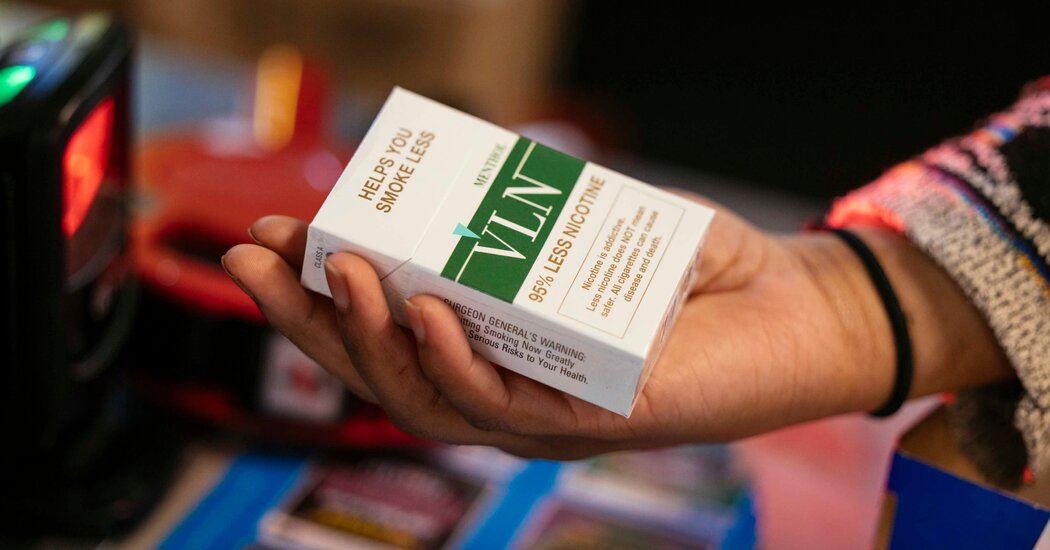
Nicotine patches, gum and vapes can help to satisfy some of the cravings, but they cannot replace the rituals of having a cigarette: the retreat outside with a co-conspirator, the crinkling of cellophane and foil as you open a new pack, the heady buzz of that first drag.
Bruce Holaday, 69, a retired educator from Mill Valley, Calif., knows full well the power of nicotine. Over the past five decades, Mr. Holaday reckons he has tried to quit 100 times, often relying on nicotine replacement products. But he invariably returned to his lifelong, pack-a-day affair with Marlboro Lights.
His last attempt in August, a cold turkey gambit without nicotine replacement therapy, triggered an excruciating maelstrom of cravings that lasted several months. “It was like a sudden earthquake of desire and need, and then there would be these tremors for the next 10 to 15 minutes,” he said.
But this time, Mr. Holaday joined a support group at Stanford Health Care, which introduced a powerful social component into his quest. He described the effect as “not wanting to let the team down” and said he learned to avoid stressful situations, like watching the news. He discovered that if he could face down the initial waves of craving, they invariably subsided.
In late June, he passed the one-year mark since taking his last drag.
He gained weight but no longer gets easily winded on hikes. And he is confident he will never go back to smoking.
Asked about the prospect of drastic government intervention to compel Americans to quit, Mr. Holaday paused and thought about the first puff he took a half-century ago as a college freshman. “Without that nicotine rush, I would have probably walked away and never smoked again,” he said. “It will be rough for smokers, but anything we can do to prevent a new generation from getting hooked is a good thing.”
Robert Chiarito contributed reporting from Chicago.




